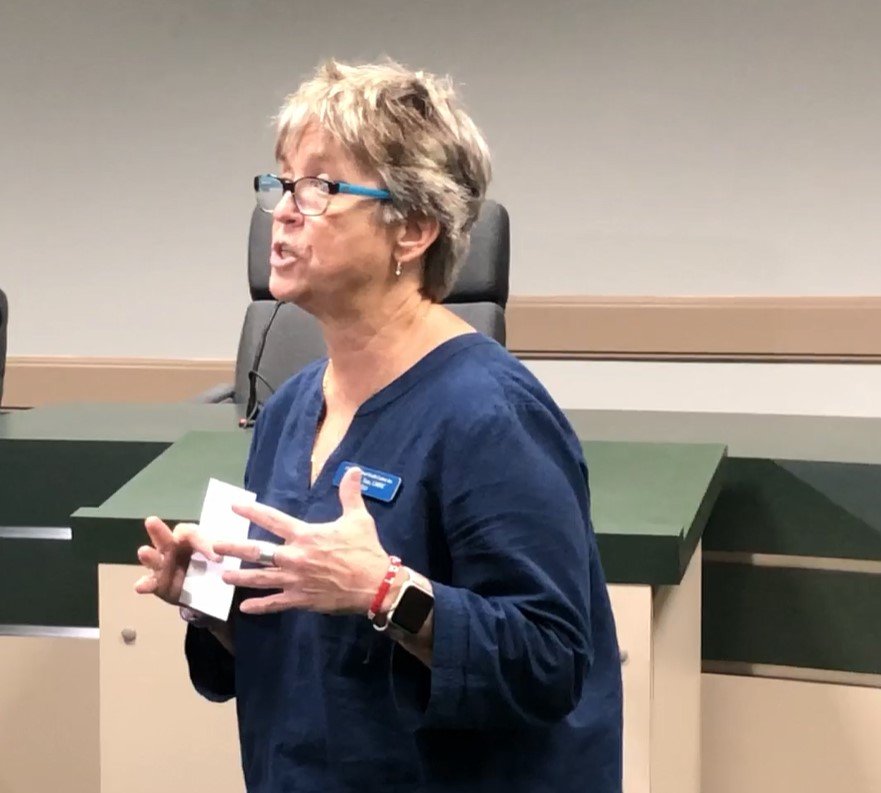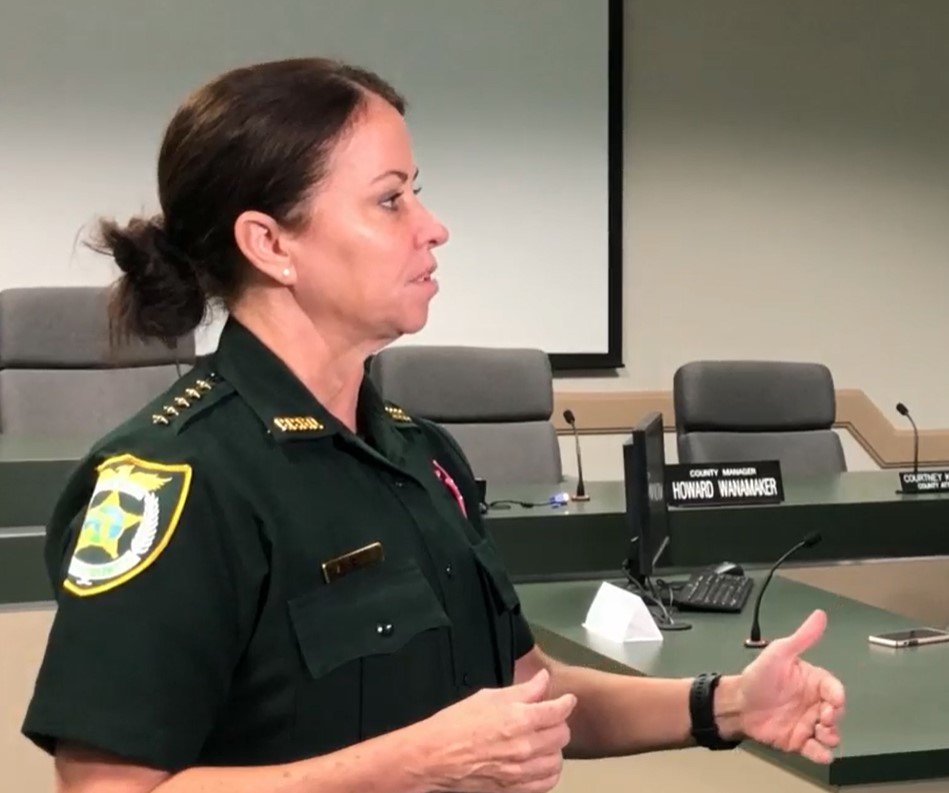Community Paramedicine Program to attack drug addiction from three directions
As drug overdoses rise, so does the commitment from county officials to fight challenge
GREEN COVE SPRINGS – It was coincidental the day Clay County unveiled its proactive community paramedicine program was the 52-year anniversary – Oct. 4 – of Janis Joplin’s death of a heroin …
This item is available in full to subscribers.
Attention subscribers
To continue reading, you will need to either log in to your subscriber account, or purchase a new subscription.
If you are a current print subscriber, you can set up a free website account and connect your subscription to it by clicking here.
If you are a digital subscriber with an active, online-only subscription then you already have an account here. Just reset your password if you've not yet logged in to your account on this new site.
Otherwise, click here to view your options for subscribing.
Please log in to continueDon't have an ID?Print subscribersIf you're a print subscriber, but do not yet have an online account, click here to create one. Non-subscribersClick here to see your options for subscribing. Single day passYou also have the option of purchasing 24 hours of access, for $1.00. Click here to purchase a single day pass. |
Community Paramedicine Program to attack drug addiction from three directions
As drug overdoses rise, so does the commitment from county officials to fight challenge
GREEN COVE SPRINGS – It was coincidental the day Clay County unveiled its proactive community paramedicine program was the 52-year anniversary – Oct. 4 – of Janis Joplin’s death of a heroin overdose.
In reality, just about any day on the calendar could be remembered for the horrific realities of drug abuse.
The Clay County Sheriff’s Office, Clay County Fire Rescue and Clay Behavior Health Center want to change all that. While they can’t rewrite the history of opioid deaths, they hope to create a future that includes a three-pronged approach to getting addicts the help they so desperately need.
The community paramedicine program not only identifies addicts who want help, it creates paths for treatment and counseling to help break the vicious cycle of abuse.
“In the first six months of 2021, we have exceeded the entire number of individuals served in the entire year of 2020,” said Irene Toto, CEO of Clay Behavioral. “The numbers are rising. We’re hopeful this program can make an impact. It’s really important with addiction, it’s a disease that carries stigma and shame, unlike any other disease. It’s important that we treat people with empathy, nonjudgmental strategies to let them know we’re going to help them on the road to recovery.
“On this day [Oct. 4] in 1970 Janis Joplin died of a heroin overdose. It’s not a new problem. The world has changed; drugs have changed; treatment has changed and we know that prevention works and that treatment works and can be effective and people do recover.”
Sheriff Michelle Cook said there’s no financial upside to incarcerating drug addicts. While enforcement remains an important aspect of the program, she said while they have an inmate behind bars, it’s the perfect time to set up a plan for recovery.
“There’s one thing I know with 30 years of law enforcement is we cannot arrest our way out of the drug problem,” Cook said. “Unfortunately, drugs don’t just affect the users, it affects the entire family, and sometimes this includes children. Any opportunity we have departmentally with our agencies in Clay County, making people’s lives better, we’re all-in. We just started this paramedicine program at our jail and we recently had our first class. We are hoping as more people become aware of this opportunity to get clean, get off of drugs, we’ll get more people involved in our classes.
“The jail is really a good opportunity for people who have a rough-and-tumble lifestyle outside. They’re in a facility. They’re getting taken care of. They’re getting two square meals a day. In many cases, this is the one time their mental faculties are at their best. They’re able to make much-reasonable decisions. We coach them during their time away, we explain the benefits of participating in such a project like this, the more likely they’ll take advantage of it because they’re not out there chasing the next hit they get with their drugs. This is an opportunity before people leave our custody to get them on the path to be healthy, to returning back to their family, to returning back to their kids and have a healthy lifestyle.”
Clay County Fire Rescue now has the resources to help wean addicts from their addictions, while Clay Behavioral has a variety of treatment programs to create long term success.
“We provide up to seven days of medication-assisted treatment in the form of buprenorphine and we dose daily,” said Battalion Chief Glenn East, the community paramedicine coordinator for Clay County Fire Rescue. “Our goal is to prevent overdose-related deaths in Clay County by helping people get off of opioids. We work in conjunction with Clay Behavioral. Once somebody comes into the program, they are assigned a peer counselor who is another contact for them to get services with Clay Behavioral.
“The goal of the program is they continue to receive services and we follow up for up to a year afterward to see if the program had an effect and how they’re doing.”
East said there’s no charge for the program.
“They have to be over 18. They cannot be using opioids on a regular basis, as far as like a prescription, because the goal is to get them off opioids altogether,” he said. “Anybody that wants help can reach us at (904) 284-7703. Even if they’re not a candidate for our program, they can still call us and we’ll help set up referrals for their services.”
Toto said she’s encouraged by attacking drug addicting from several directions, not just law enforcement.
“We see it as a better opportunity to reach people who are in need of treatment with an addiction,” she said. “So, striking while the iron’s hot, getting people while they are in the midst of a crisis, it’s important to have that motivation for change. I think the partnership with law enforcement and fire and rescue will allow us to reach people and try to engage them for treatment at a really critical point in their life.
“The opioid problem is not new. We’ve been dealing with it for quite a while. The services provided by Clay Behavioral include treatment and aftercare peer support. Addiction is a disease that impacts not just one individual, but the family, the community, work, school, everywhere that person interacts. We believe this multidisciplinary strategy is an effective one.”











